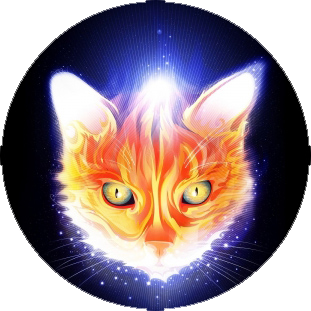

This website describes the radiosity method in a detailed slideshow, outlining direct and indirect light, examples of rendering methods, and the radiosity equation.
(Link to source)
The second website continues the radiosity discussion by explaining main concepts of the form factor, the Nusselt Analogue, the hemicube, and the full matrix radiosity algorithm.
(Link to source)
This resource discusses radiosity discussed in terms of the perspective of a patch receiving and emitting light in a scene and provides pseudocode examples for iterative implementations.
(Link to source)
This article describes the shortcomings of radiosity and provides more descriptons of radiosity pseudocode.
(Link to source)
This paper describes Cindy Goral's discoveries during her research of radiosity at Cornell University.
(Link to source)
This book provides insight on the images created by Goral in her research of computer graphics.
(Link to source)
This SIGGRAPH 2010 talk describes Sam Martin and an extensive discussion of radiosity applied to Frostbite.
(Link to script)
(Link to video)
This website explains the iterative properties of radiosity using algorithms and the viewpoint of a patch in a scene.
(Link to script)

This image depicts two basic kinds of light: Direct and Reflected.
(Link to source)

This image depicts the concept of color bleeding.
(Link to source)

This diagram shows a comparison between normal, unaltered light rendering and radiosity.
(Link to source)

This image outlines the concept of computing the form factor using a Nusselt Analog.
(Link to source)
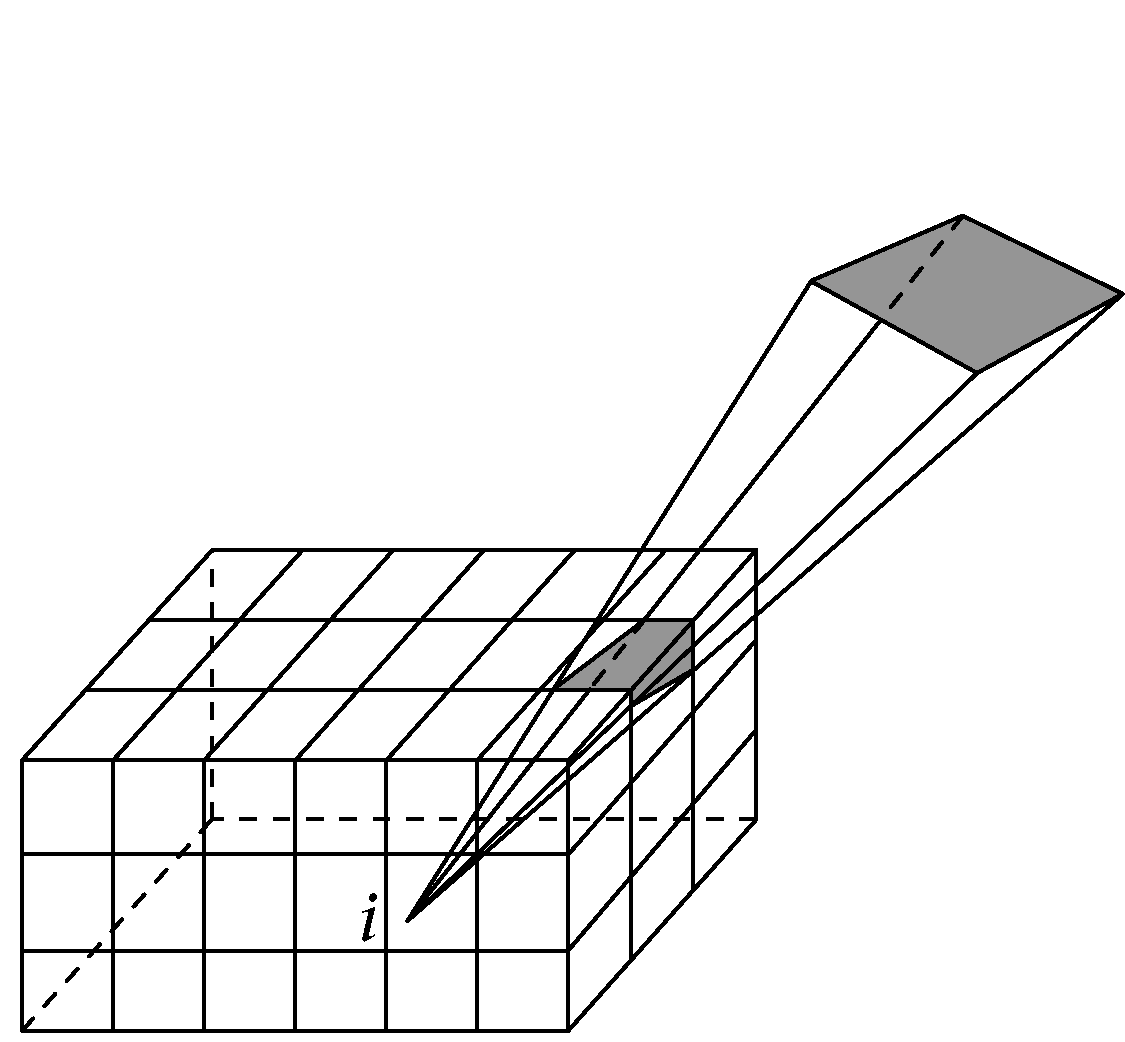
This image outlines the concept of computing the form factor using a Hemicube.
(Link to source)
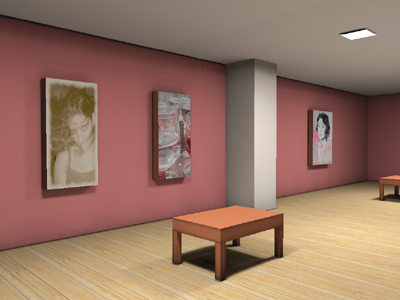
A scene with a GPU-Accelerated Radiosity Solution.
(Link to source)
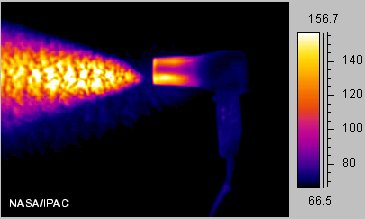
This image covers the concept of infrared radiation.
(Link to source)
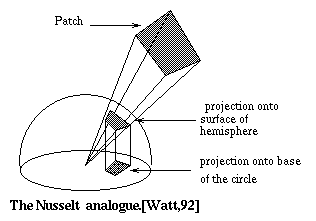
This image outlines the concept of the Nusselt Analogue.
(Link to source)
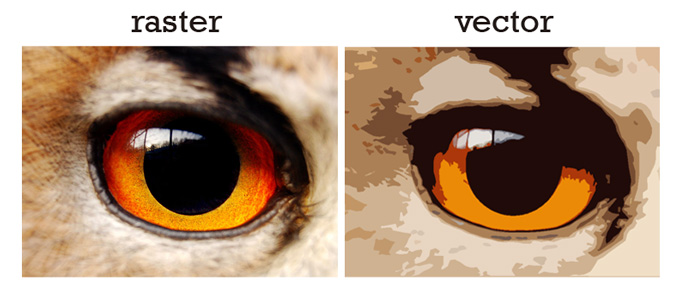
This image compares the difference between rasterized and vector graphics.
(Link to source)

The subdivision of the Cornell Box illustrates how patches need to be subdivided to create progressively accurate images.
(Link to source)
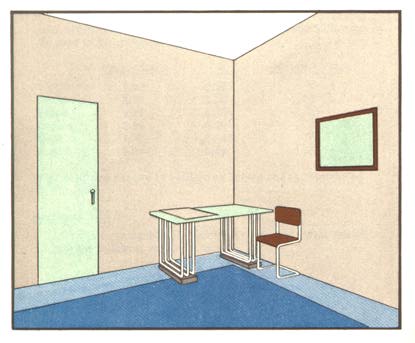
The work done by Parry Moon and Domina Eberle Spencer at MIT during the 1940s referenced Higbie’s technique in order to study lighting in empty rooms.
(Link to source)
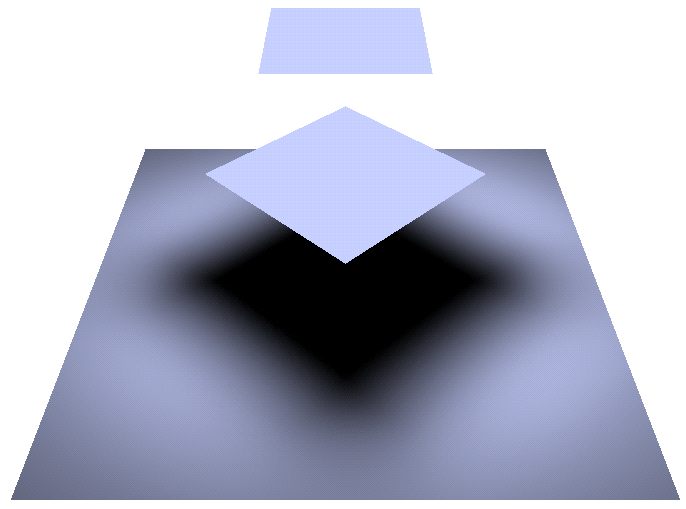
Wavelet Radiosity uses a multilevel mesh approach. When light is reflected on a surface closer to the reflected light, the mesh is finer.
(Link to source)

As the iterative radiosity algorithm iterates, light can be seen to flow into the scene, as multiple bounces are computed.
(Link to source)
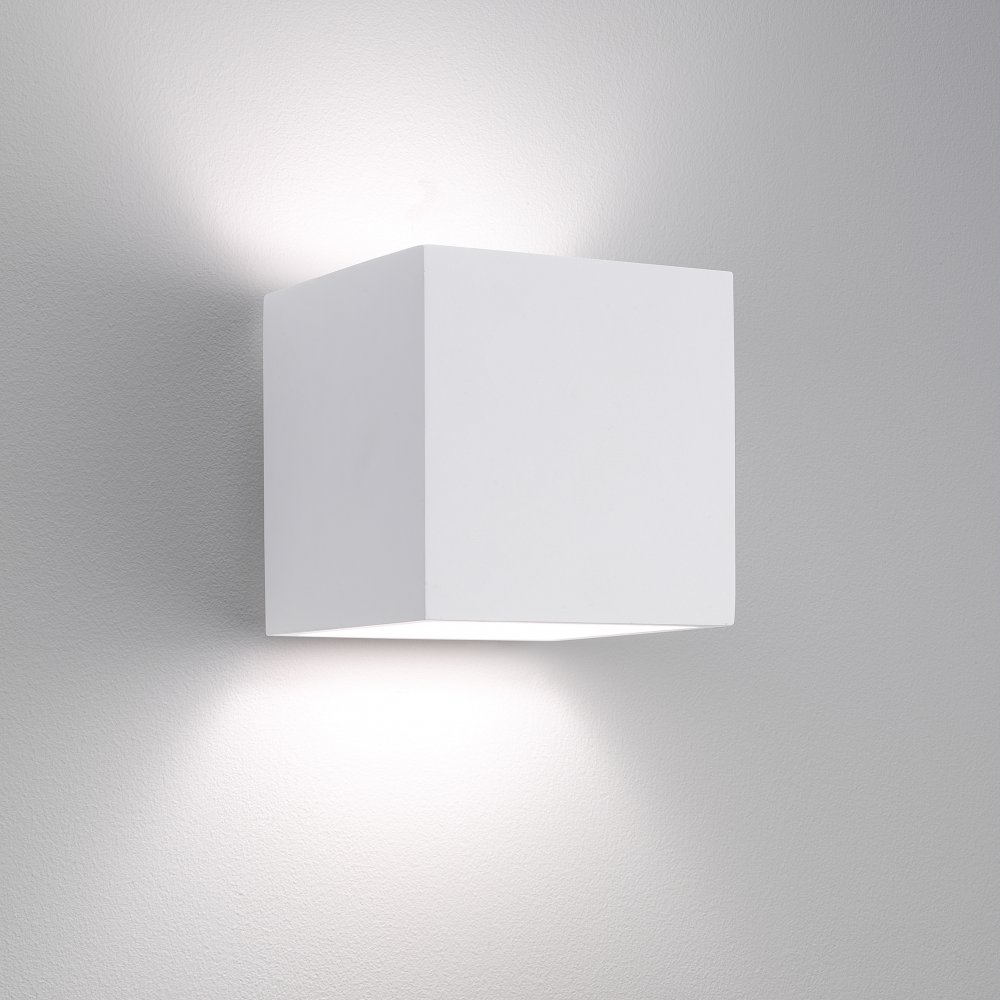
The form factor element describes how light reacts and bounces in a scene. To introduce this idea, we’ll use this example of a light source on a wall.
(Link to source)
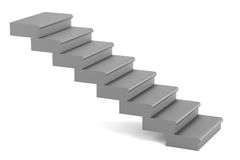
Similarly, this phenomenon can be seen with staircases. The top surface of each stair receives more light than the upright plane so it appears brighter.
(Link to source)
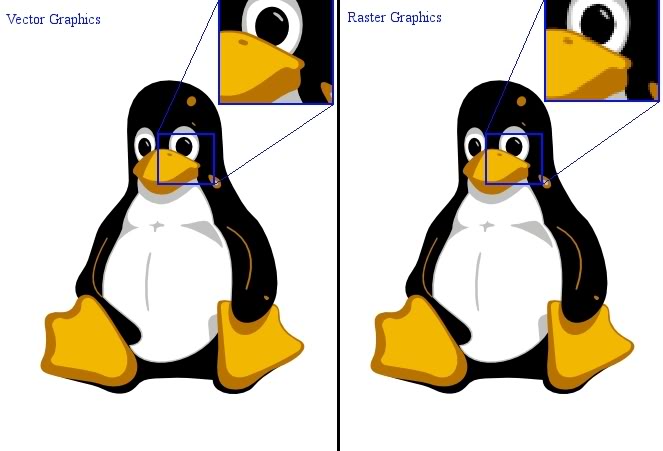
Demonstrating the difference between raster and vector graphics are Tux the Linux penguin and the tiger that wants to eat him.
(Link to source)

Even as early as 1926, radiosity appears in illumination engineering literature with Ziro Yamauti.
(Link to source)
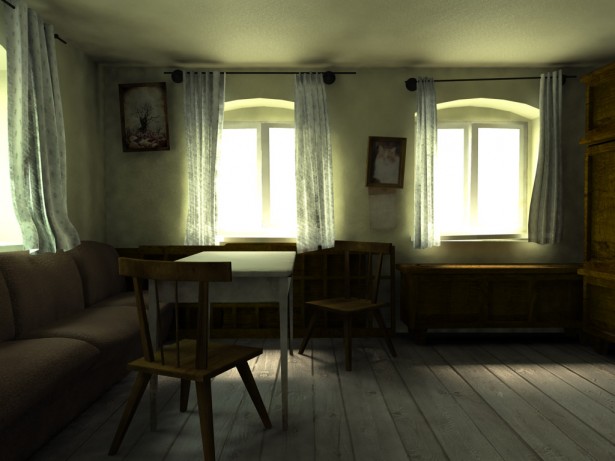
This image is an example of various light intensities, simulating realistic light.
(Link to source)
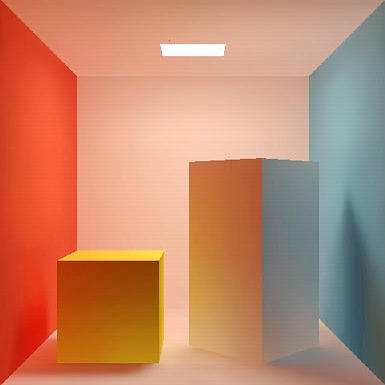
This simulation of the Cornell box was done by Michael F. Cohen and Donald P. Greenberg for the 1985 paper The Hemi-Cube, A Radiosity Solution for Complex Environments, Vol. 19, No. 3, July 1985, pp. 31-40.
(Link to source)
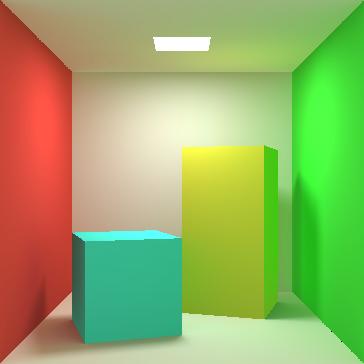
This simulation was computed using discontinuity meshing software developed by Dani Lischinski, Filippo Tampieri, and Donald P. Greenberg.
(Link to source)

A new technique, using a “point cloud,” to generate the effect, can be accomplished with a fraction of the rendering time.
(Link to source)
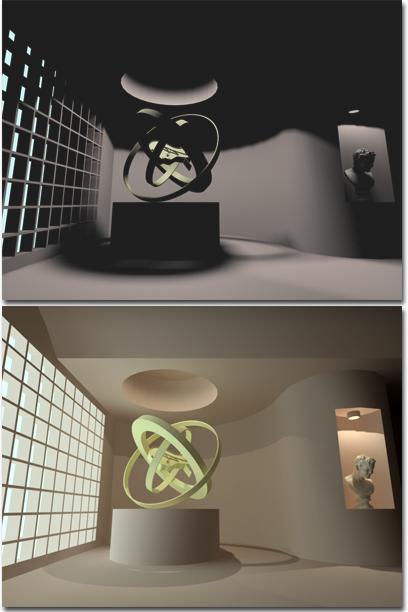
Top: A scene rendered without radiosity. Bottom: The same scene rendered with radiosity.
(Link to source)
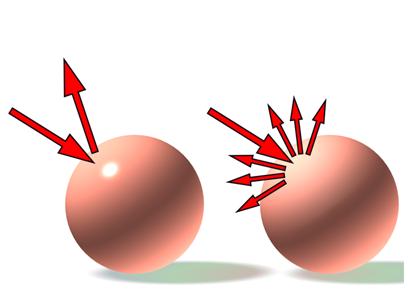
Left: Specular reflection. Right: Diffuse reflection.
(Link to source)
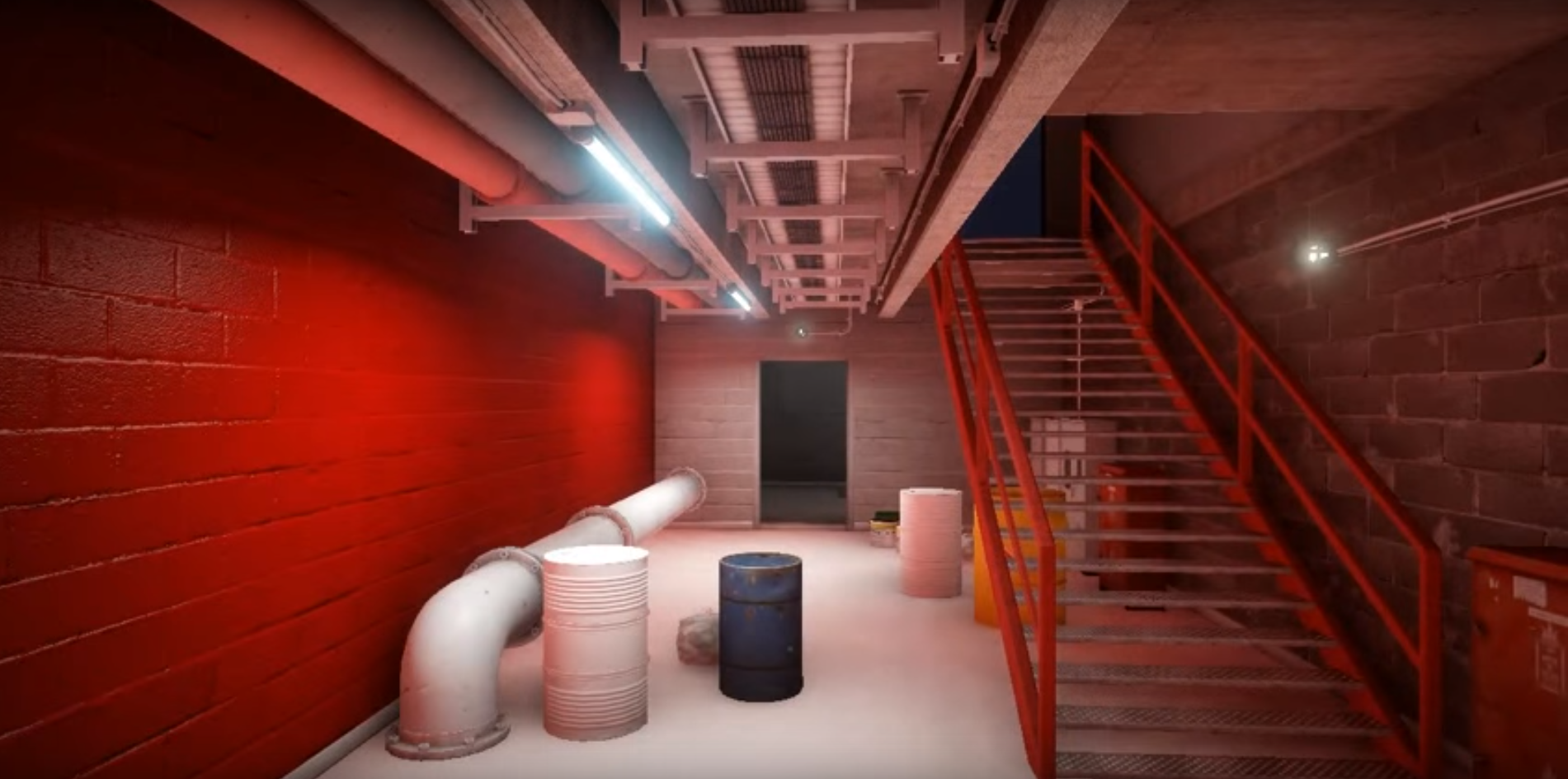
Example of color bleeding.
(Link to source)
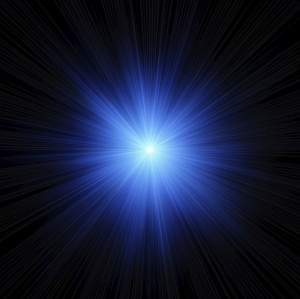
Depiction of emission referenced in radiosity pseudocode. (Link to source)
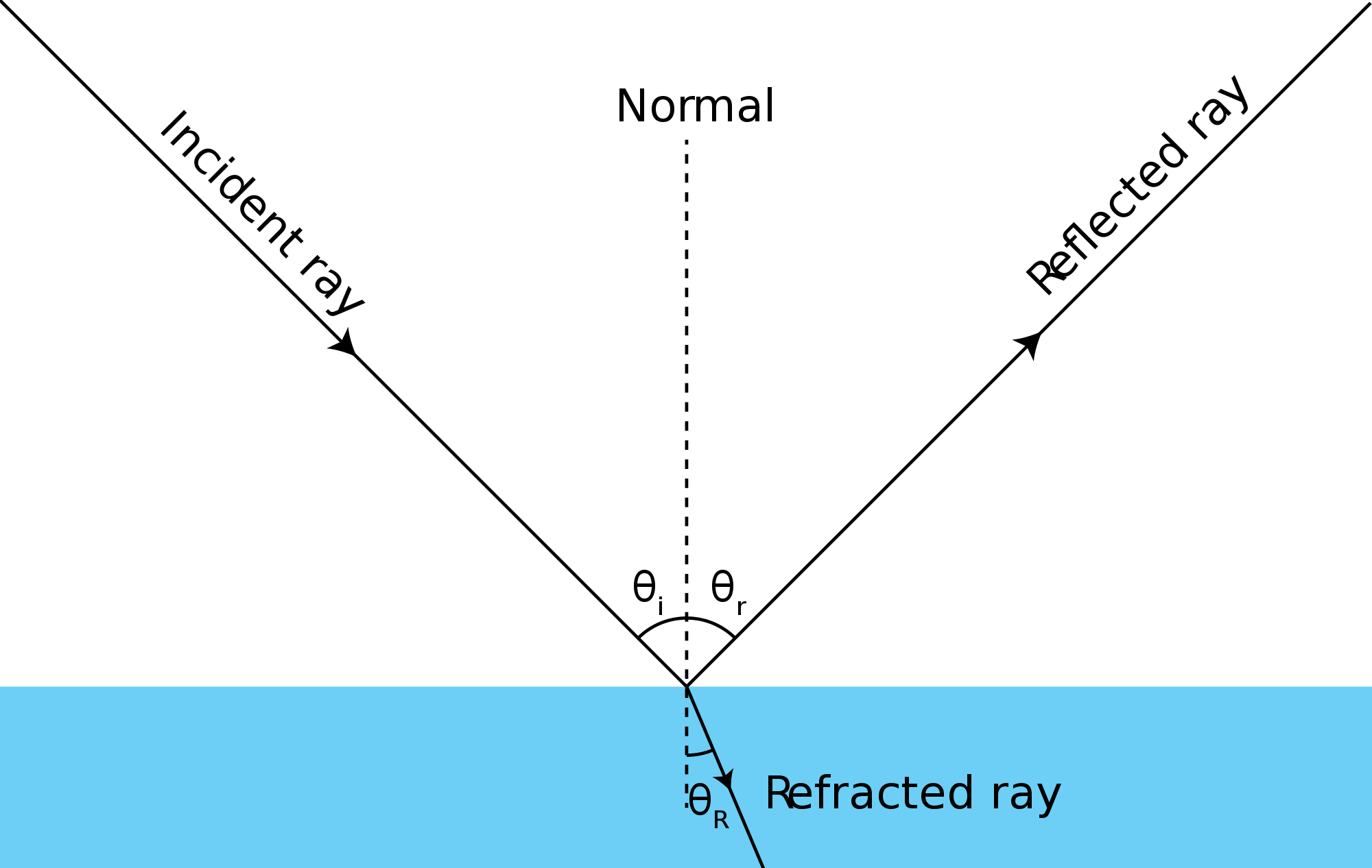
Explanation of incident and excident light.
(Link to source)
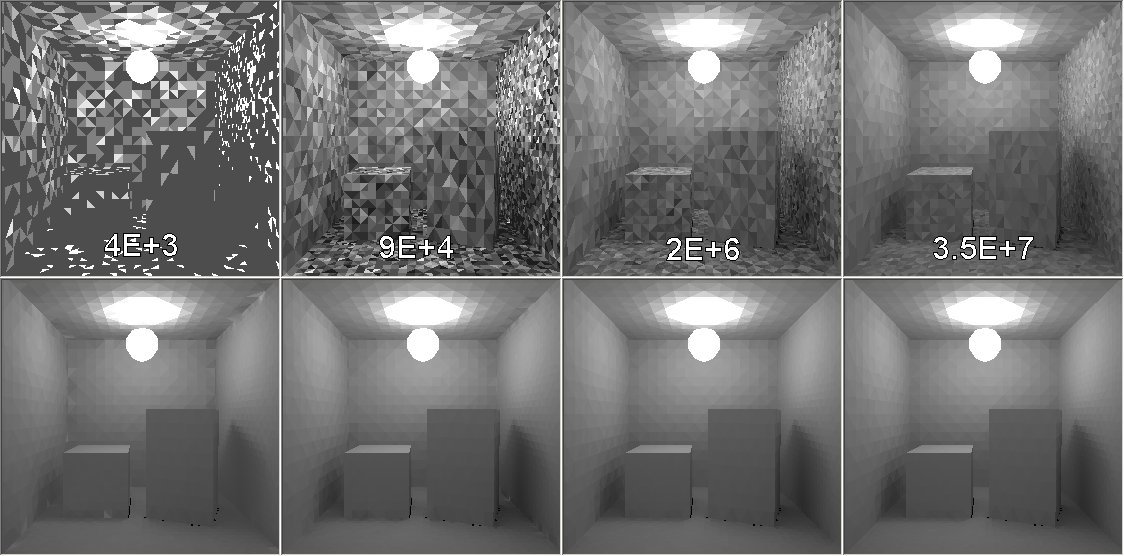
Diagram illustrating progressive refinement.
(Link to source)
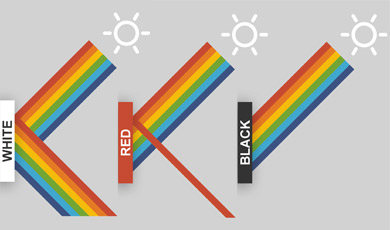
Depictions of reflection in graphic format. (Link to source)